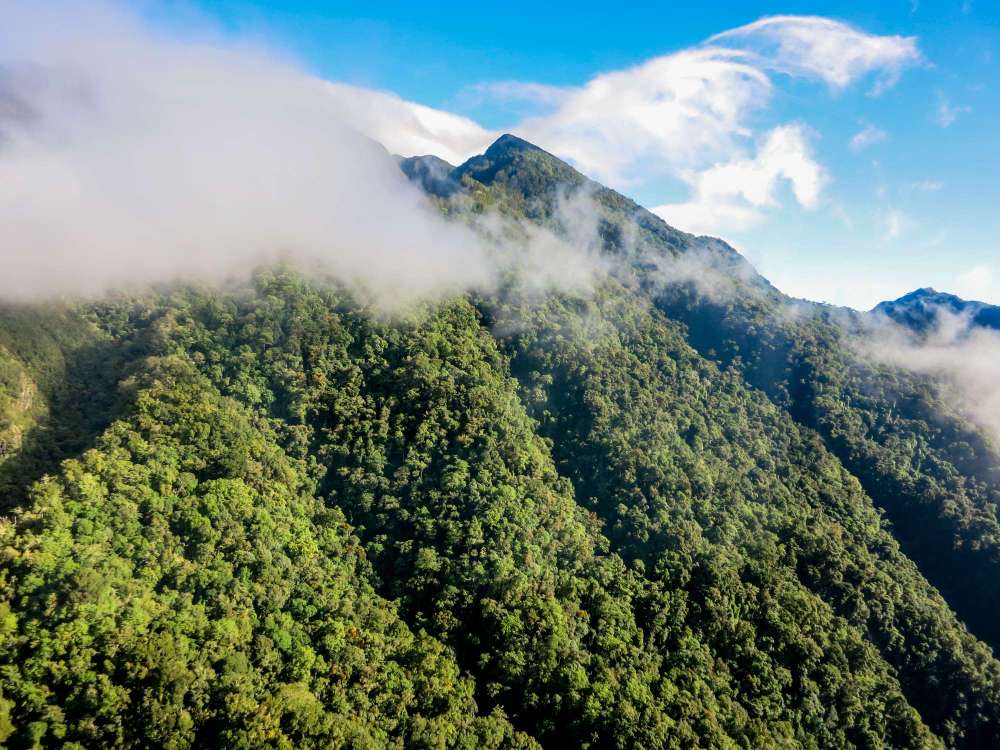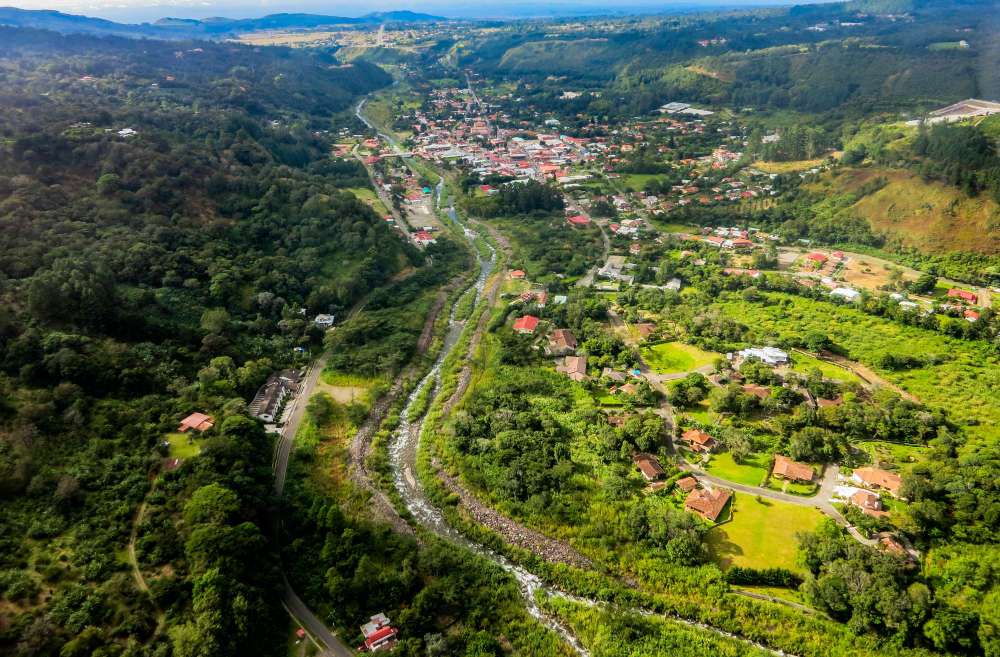Historical facts show that the true foundation of Boquete did not begin in 1911. Its first inhabitants were indigenous people who lived in those mountainous regions of Chiriqui.
From Indigenous to European Inhabitants
These lands were domain by Guaymi warrior groups with the support of cacique Urraca with whom the caciques Baru and Dolega kept a friendship where they fought strong battles against the Spanish. These events revealed to colonizers news of a very cool and pleasant place near the dark mountains of the immortal Baru Volcano. But that desire to colonize and conquer did not occur until the end of the construction of the Railroad in 1855 when Americans and Europeans heard of the immortal legend that in the west region of Panama there was a place whose breezes were delightful.
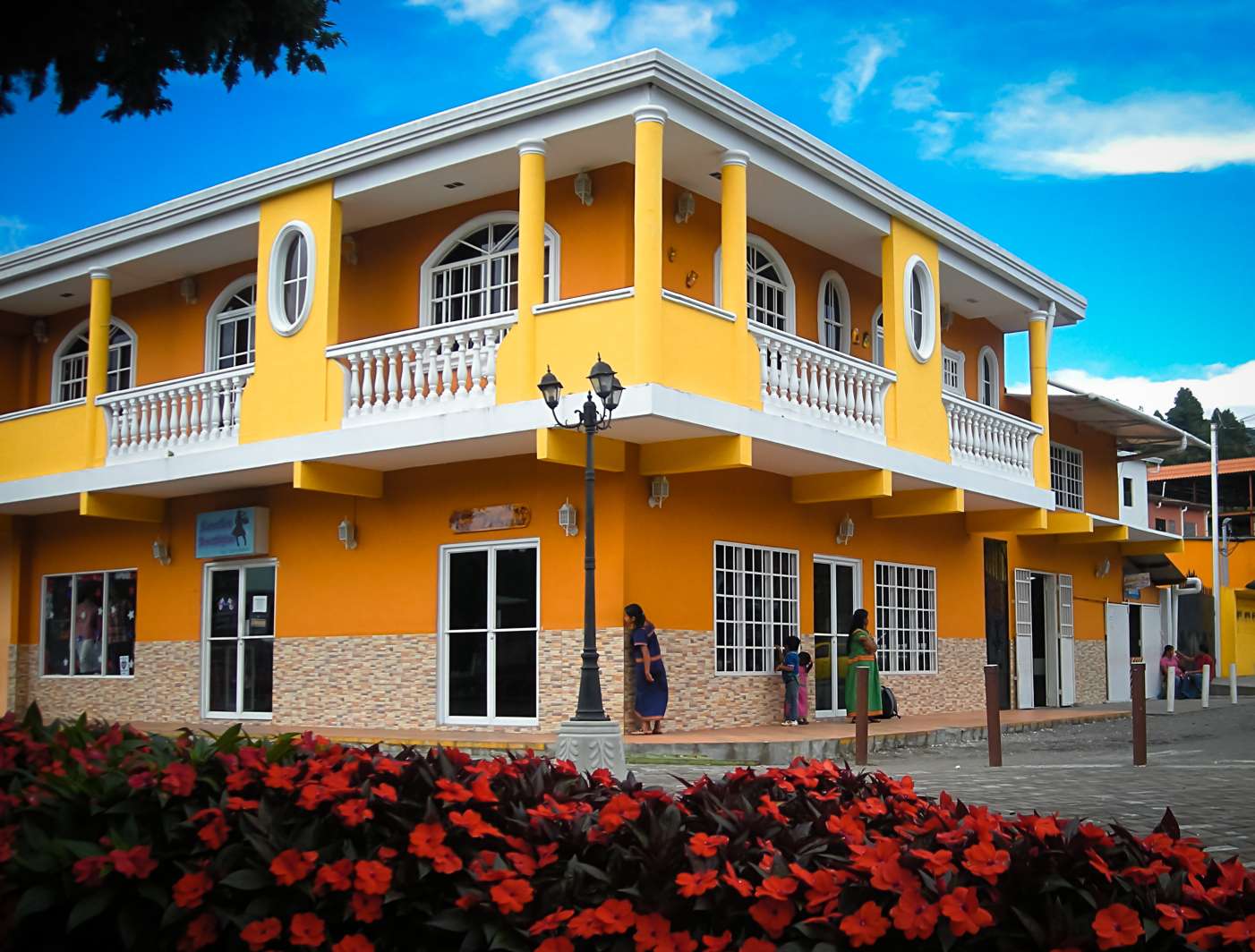
Its inhabitants were from other adjoining districts, to which Swiss, Yugoslav, Swedish, German and North American immigrants were added. Its estates, farms and houses are reminiscent of the architectural styles of those regions of Europe. The Creole settlers came mostly from Cochea, Potrerillos, Dos Rios, Dolega, Caldera and Gualaca.
Formation of a District
In 1907, Boquete was made up of a few hamlets, among them: Alto Lino, Bajo Boquete, Quiel, Bajo de Monos, Los Naranjos, Jaramillo and Palos Bobos (currently Palmira), which were part of the Municipality of David. Due to the difficult communication between David and Boquete, the residents asked the authorities to create the district, which was achieved through Law 20 of January 17, 1911. The president of Panama at that time, Pablo Arosemena, sanctioned the important law.
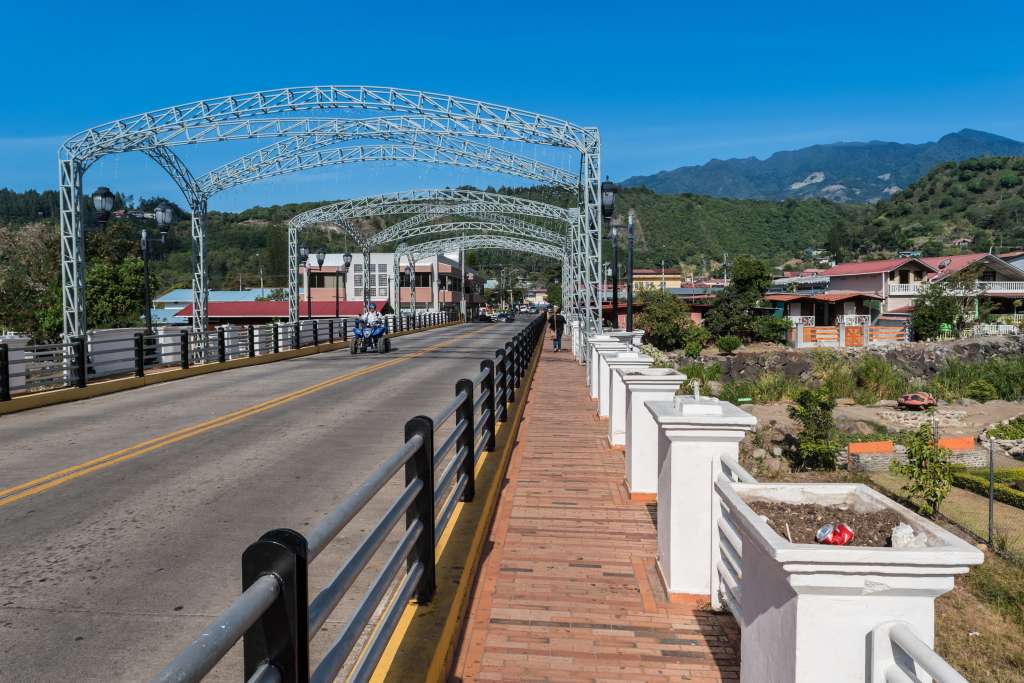
The district included the Caldera and El Frances area. The head of the population was established in Lino, a town that concentrated a greater number of settlers, a post office, a public school and a church.
The Rise of a Legend
The foundation of Boquete was born with the construction of the transcontinental railroad, an event that transformed national history in 1850. This fact allowed an event of greater impact to open a new route through the isthmus of Panama to reach the western area of the United States, the Gold Rush. This influenced the settlers to seek new routes through the Isthmus of Panama to reach California, however, a legend arises that in Panama there was a huge mountain whose height emanated a strong mist projecting a pleasant climate. The dream of the conquistadors not only reached the United States but also reached the gates of the old European continent when many decided to come to Panama in 1890.
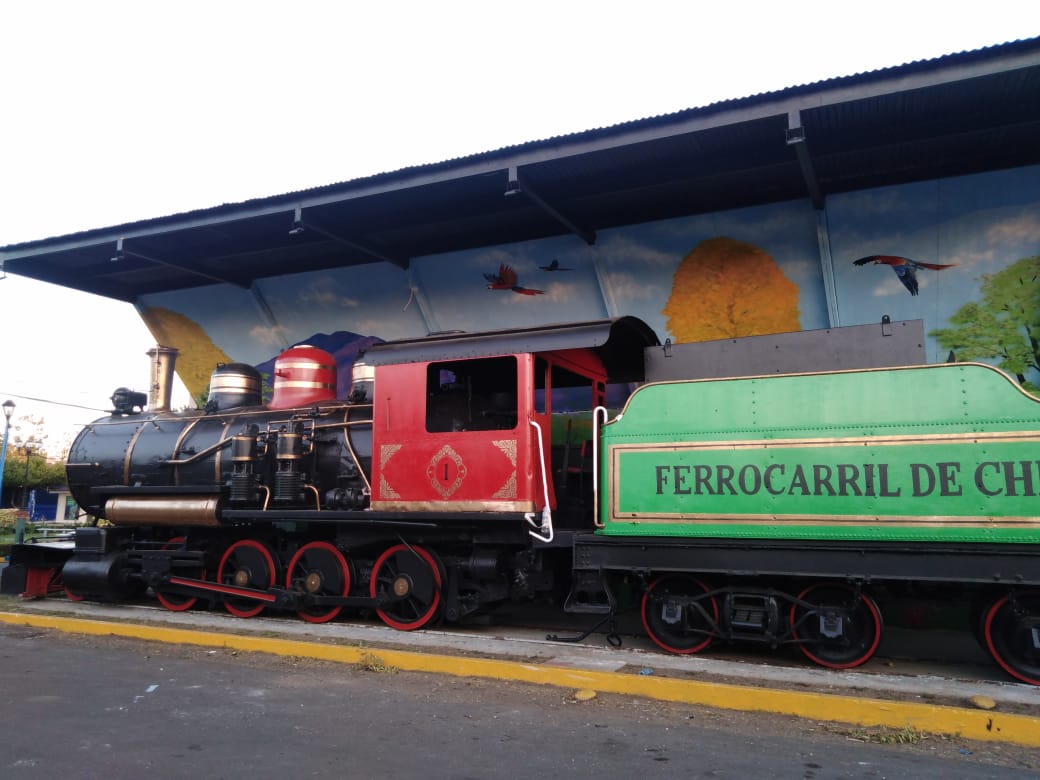
The Railroad and its Economic Thrust
The events changed the course of history when great events occurred that changed the lives of all Boqueteños, such as the creation of the first railway in Chiriqui after the inauguration of the Panama Canal. This railway began operating in 1916, being its first route from Puerto Armuelle, Rio Sereno, David and Boquete. This fact economically helped the Boqueteños who saw the railroad as a source of higher income.
Events that Changed the Town
Boquete reached a cultural and economic transformation in the 50’s decade as it was the first Flowers and Coffee fair.
The committee for the creation of the district, which brought about the existence of the new political-administrative entity, also suggested moving the capital to Bajo Boquete (todays downtown), since it had better topographical conditions, abundant water and a more central location. History transformed the pleasant moment for the Boqueteños when on April 9, 1970, Boquete was tragically affected by the flooding of the Caldera River causing considerable material damage and the death of eight people. With this event, the fair was suspended until 1973 when the Coffee Festival became the Flowers and Coffee Fair.
More than One Hundred Years of Transformation
Today after 111 years, the population of Boquete has transformed their lifestyle by adapting certain foreign patterns. Today, continues to have very advantageous tourist position at a national and international level. April 11 is the best time to celebrate and honor the pioneers and founders who in 1911 culminated the effort to found a population that with 111 years of life is part of the history of Panama and international tourist destination for people all over the world.
